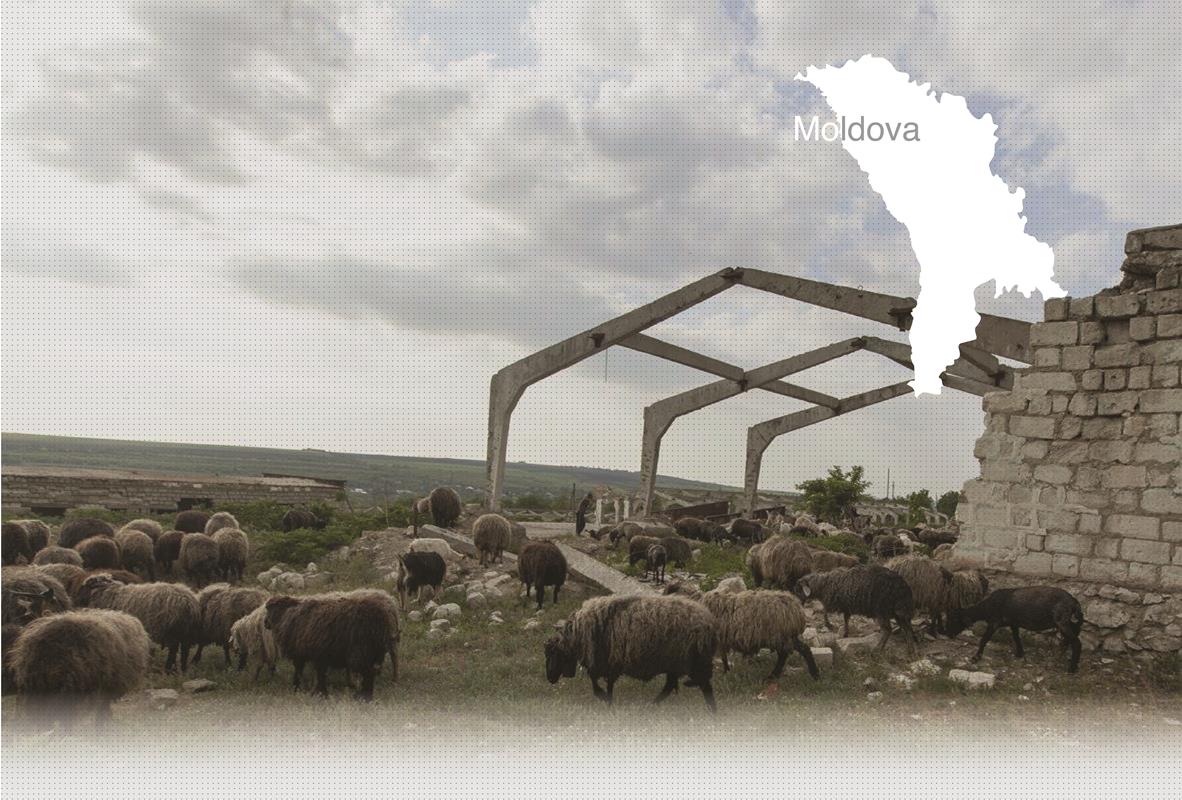

1 Sitio(s) de ejecución
Constantin P., born in 1937:“Jews from the village were shot outside the village in the summer. The Romanian gendarmes entered Jewish
homes and told them they were "kaput." I saw the Jews being arrested, rounded up and taken to the execution site. Men, women, and children were escorted by the gendarmes. I followed the column. When the column arrived at the execution site, there was a kind of trench already dug. The Jews were shot at the edge of the trench, one after the other, even the children. The shooting lasted about two hours. There were four shooters armed with submachine guns. After the killing, the killers filled the pit with shovels and left (…)” (Witness N°45, interviewed in Tuzara, on November 28, 2012)
"[…] In 1941, on the arrival of the German-Romanian invaders and after the establishment of fascist power in Bravichi [Bravicea], the fascists began to commit barbaric crimes. They arrested and shot the Jewish population. The arrests and shootings were carried out under the responsibility of the Romanian mayor, Ilia Boron. In total, more than 250 people Jewish civilians were shot outside Bravichi [Bravicea]. Among these people, there were 180 residents of the town of Kalarach [Călărasi] who had not been able to be evacuated to more remote areas of the Soviet Union and were therefore shot.
Also in 1941, Romanian soldiers shot 32 Moldovan inhabitants of Bravichi [Bravicea], including four minors." [Act drawn up by Soviet State Extraordinary Commission in March 1944; RG22.22M/7021-96/81]
"Concerning the acts of the accused Stavarache Grigore, sergeant major in the Orhei gendarmerie and head of the post in the village of Bravicea. He was accused and brought to justice because he ordered the murder of a group of Jews in the village of Bravicea. According to the documents in the file, it was established that at the end of August, the accused Grigore, came to Bravicea, when a communal guard informed him that a group of Jews was hiding in the village. After hearing this information, he ordered all the Jews assembled in the village. Then the gendarmes took them to the edge of the village and shot them." [IRS: RG-25.004M]
Bravicea is a village in Călărași District in central Moldova. According to YIU’s witnesses, there were mainly Moldovans and Jews living in Bravicea before the war. The Jews were mainly merchants. They owned several shops in which they would sell different kind of merchandise: fish, olives, candies, rice, clothes, and other items. They lived mostly on the central street of the village. There was a synagogue in Bravicea, as well as a shochet, a ritual slaughterer who would go from house to house.
Many Jews from Bravicea were deported by the USSR in 1940 or fled from the village with the retreating Russian army in 1941. The remaining Jews were killed in 1941 by Romanians and local members of the political fascist organization commonly called by the villagers as the “Iron Guard,” which had its office in the local culture house. Nikolai V., born in 1928, recalled that one day, the men from the “Iron Guard” went from house to house in order to gather all the Jews from Bravicea and imprison them in the basement of the local town hall. It took three days to assemble all the Jews, during which time the perpetrators, with some villagers, searched for Jews in hiding and looted Jewish belongings.
After several days spent in the basement without food or water, the Jews were taken in a column to the place called “Cranicea,” by locals where anti-tank trenches had previously been dug. The place was located about one hour walk from the village. At the execution site, the Jews were ordered to undress and stand on the edge of the trench in groups of ten people. Then, they were shot and their bodies were covered with soil before the next group was shot. The victims’ clothes were given to those villagers who were participated in the killing process. According to Nikolai V., about 150 people were shot and buried in the anti-tank trenches that day, however the Soviet archives mention the number of 250, including 180 Jews from Călărasi. Today, the mass grave has no memorial.
¿Tiene información adicional con respecto a un pueblo que le gustaría compartir con Yahad?
Por favor contáctenos a contact@yahadinunum.org
o llamando a Yahad – In Unum at +33 (0) 1 53 20 13 17